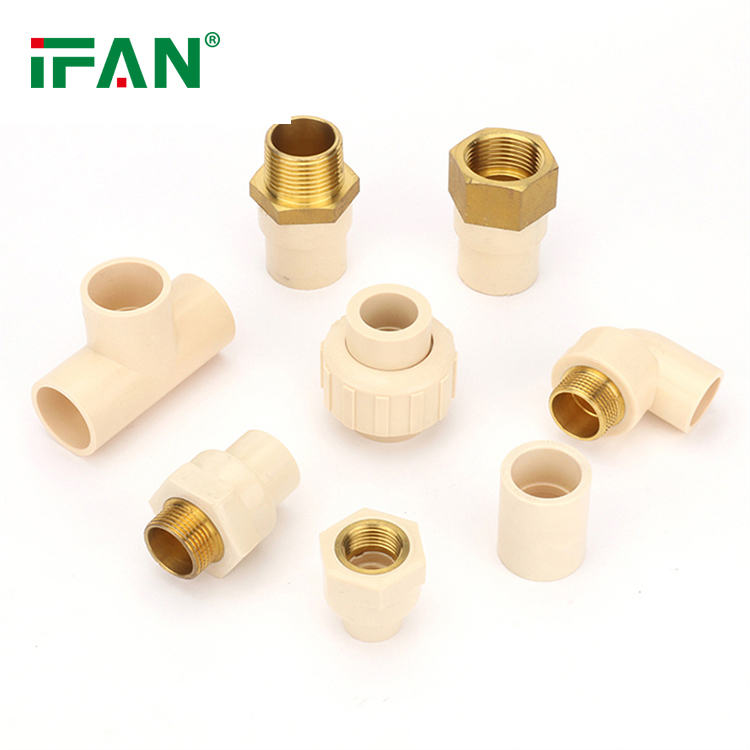CPVC (chlorinated polyvinyl chloride) pipes are widely used for various applications due to their unique properties. Here are some common uses of CPVC pipes:
1. Hot Water Supply: CPVC pipes are extensively used for hot water supply systems in residential, commercial, and industrial buildings. Their ability to withstand high temperatures makes them a reliable choice for transporting hot water efficiently and safely.

2. Plumbing Systems: CPVC pipes are commonly used in plumbing systems for both cold and hot water applications. They provide a durable and corrosion-resistant solution, ensuring long-lasting performance and minimizing potential leaks or failures.
3. Radiant Heating Systems: CPVC pipes are suitable for radiant heating systems that distribute heat through the floor, walls, or ceilings. The temperature resistance of CPVC allows it to handle the elevated temperatures required for efficient heat distribution.
4. Industrial Applications: CPVC pipes find application in various industrial processes that involve the transportation of hot liquids, chemicals, or corrosive substances. Their chemical resistance and thermal stability make them suitable for industries such as chemical processing, manufacturing, and water treatment.
5. Fire Sprinkler Systems: CPVC pipes are commonly used in fire sprinkler systems due to their fire-resistant properties. They can withstand high temperatures and help distribute water effectively in case of a fire emergency.

6. Irrigation Systems: CPVC pipes are used in irrigation systems to transport water to agricultural fields, gardens, and landscaping areas. They provide a cost-effective and durable solution for water distribution in outdoor environments.
7. Pool and Spa Installations: CPVC pipes are suitable for pool and spa installations, including water circulation, filtration, and heating systems. The chemical resistance of CPVC ensures compatibility with the water treatment chemicals used in these applications.
8. HVAC Systems: CPVC pipes are utilized in heating, ventilation, and air conditioning (HVAC) systems for both residential and commercial buildings. They are commonly used to transport hot or chilled water to provide climate control and maintain indoor comfort.
In summary, CPVC pipes have a wide range of applications, including hot water supply, plumbing systems, radiant heating, industrial processes, fire sprinkler systems, irrigation, pool and spa installations, and HVAC systems. Their temperature resistance, chemical resistance, and durability make them a reliable choice for these diverse applications.






